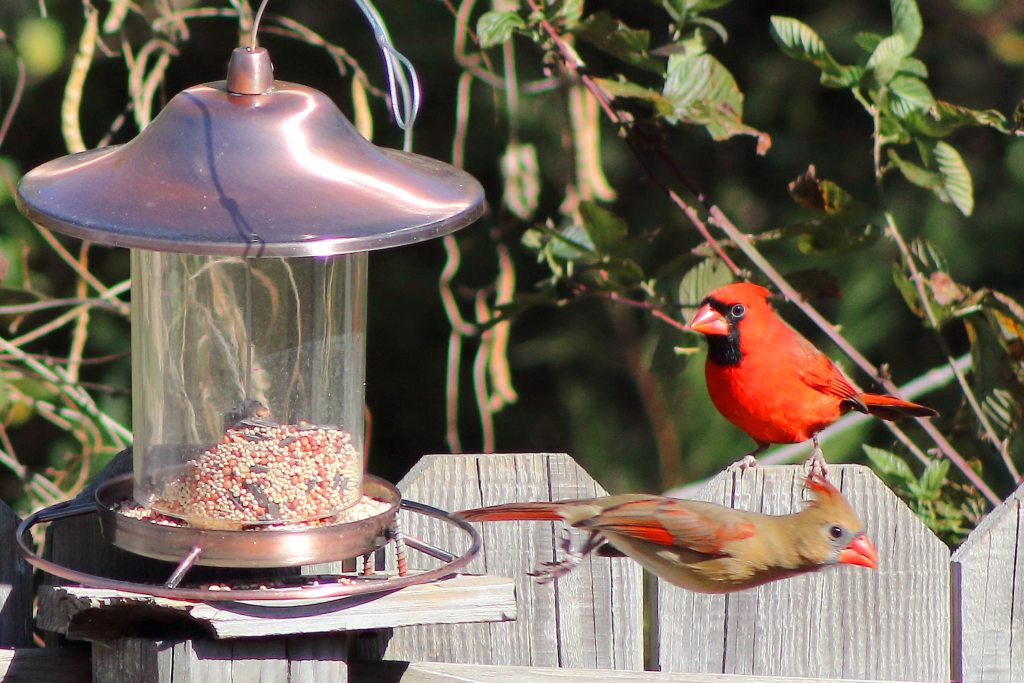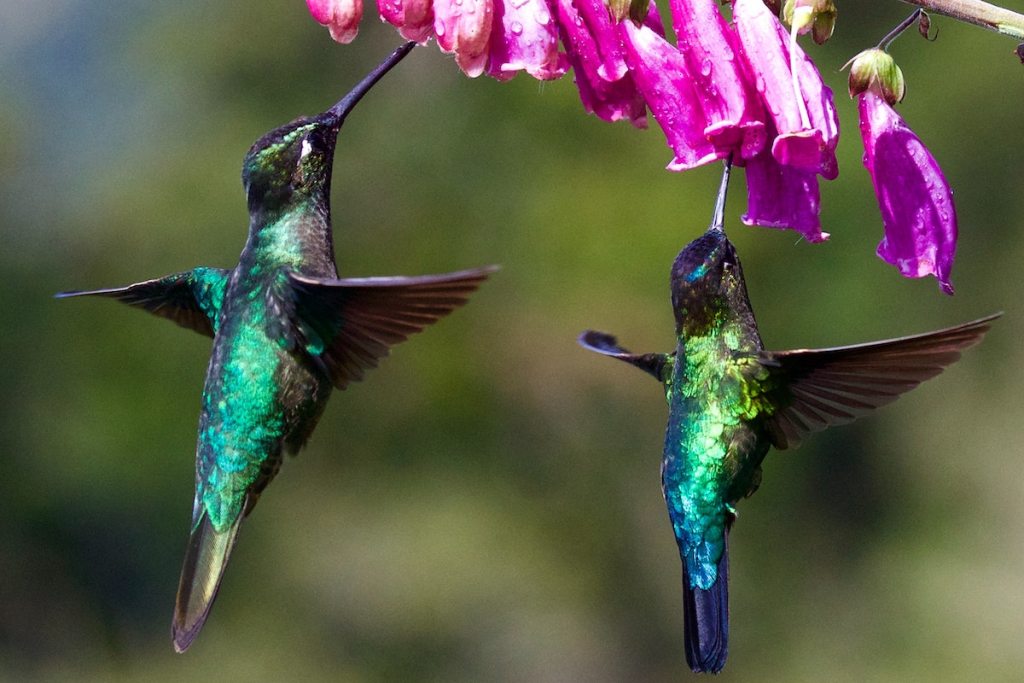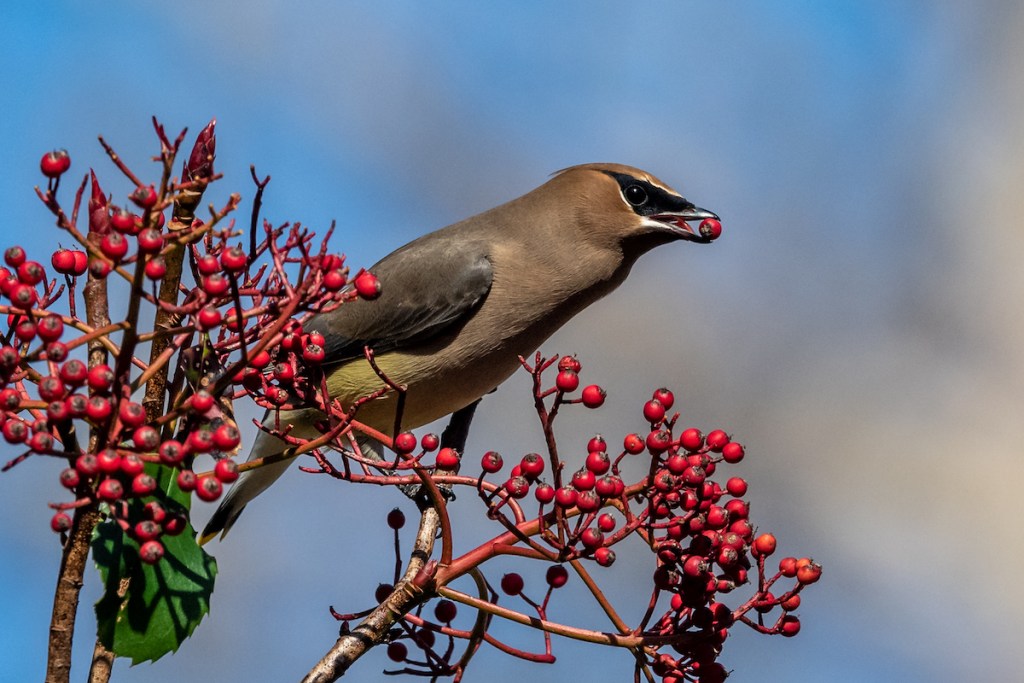Birds in the yard so often complete the picture of a perfect home. Yet, it can be surprisingly difficult to bring them in if your lawn and trees are sparse (or filled with chattering squirrels). Welcoming these animals means meeting their needs for food, shelter, water, and nesting areas. Think about these aspects when designing a yard that will encourage the local flyers to choose your garden over any other spot. Here’s how to attract birds in five easy steps that will also make your backyard more attractive to you.
How do you attract birds quickly?
Once you’ve decided to get the birds into your neighborhood, you’ll want to begin picturing the whole space as a way to invite them in. That means thinking about the area from the perspective of an avian and knowing what will catch their attention.

Fill the feeder regularly
It can take a few days or weeks for the locals to deem your home the new watering hole. Once news spreads, though, you need to maintain your level of service or the customers won’t return. You’ll figure out how quickly to buy more seed and how often to make a trip out to your feeders in the first month or so. We suggest starting with weekly and checking in from there. Finding the right seed can take a minute as well. If you can, set up a few different feeder types with different seeds (plus sugar water for hummingbirds) to bring in a wider group.

Plant bright colors
Bright colors mirror the foods that birds eat and the plumage of their mates. Therefore, many shades entice flocks into your yard. Select flowers that will not only look good but also smell and taste good to birds. Hummingbirds will dine from vibrantly flowered plants, and they’re not the only ones. Take it a step further and fill your garden with fruits, nuts, and seeds. You’ll see some animals stop by when the garden has flowered, and then new animals come around once the fruit ripens. Sunflowers make for a gorgeous array that will turn into a bird snack once the seeds become edible.
Stick with native flora
There are so many reasons to plant native species, and we’re adding a big one: Local wildlife seeks out the foods and shelter they’ve evolved to eat. In addition to birds, butterflies, bees, and dragonflies home in on the bushes and trees that will best feed them. To do so, research your area and discover what plants have grown there for a long time, then find the spots in your yard where they will thrive. Many conservation events give out local seeds or even plants if you want to learn more and can find one near you.

Keep your cat in
We love our cats, but the birds certainly don’t. It’s not just when he’s out, either, since the scent of feline will linger long after your four-legged pet returns to the comfort of your home. To little avians, he’s one of the fiercest predators, particularly as he can climb trees, which are supposed to be for the birds only. If you do occasionally bring your little tiger out, watch him carefully and keep him in an area far from bird feeders or flowering plants that they might frequent. Lastly, be extra conscientious in spring when babies who can’t fly away will be out and about.
Remove bird deterrents
Birds don’t like certain sounds or reflective lights. Some deterrents work so well specifically because these singers recoil so sharply from things like bird tape. You probably don’t have that out if you’re trying to draw animals to you, but you might have other things that act similarly. Go outside in high wind and observe your yard, looking for things that make a lot of unnatural noise. Relocate any objects that could scare them off, especially around the bird feeder, like decorative owls, pinwheels, and streamers.

How do you attract a wild bird to you?
Once you have birds coming to your yard, you can attempt to get close to them. Go outside when the birds frequent your feeder and sit still nearby. They’ll spook at first but return once they understand you don’t intend any harm. Once they get used to you, bring out extra special treats and lead the birds to you, Hansel and Gretel style. Eventually, they may eat right out of your hands or on the seat next to you. Remember, always wash your hands after you come close to birds since they may carry pathogens like salmonella.
Even with all these steps, your feathered friends won’t show up immediately. It can take time to get your bushes to flower and even longer to produce fruit. In the meantime, put up a few extra accessories like bird boxes or baths that will go a long way toward creating the environment that birds love. Also, you’ll want to keep track of which birds you get and adjust to providing for their specific needs. Soon, you’ll have a full menagerie out your window.
Editors' Recommendations
- How to clear cloudy aquarium water in a few easy steps and make your fish happy
- Funny birds video: Check out these parrots playing peekaboo
- Why do birds bob their heads? The answer is pretty complex
- Wondering what to feed baby birds? Here are 5 things you should never offer them
- Why do birds sing in the morning? There are 2 clever reasons for it




